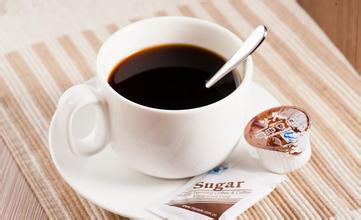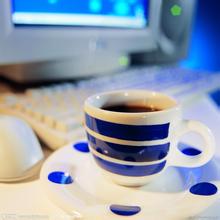Coffee Beginners Making Milk Foam Detailed Tips Tutorial Video Introduction
Video of coffee flower drawing.
Does milking have a lot to do with the steam pressure of the machine? The foam produced by single-hole steam is not dense enough. Is it related to pressure? How should the angle be controlled?
2. Is it true that the milk bubbles made by heating the milk and then using the milk bubble jar can not be used to pull flowers? Is it only suitable for carving?
3. Is it necessary to beat all the milk into foam when the milk is delaminated with the milk foam? The milk foam floats on the milk, and when you pour the coffee, how can you make the milk foam melt into the coffee together with the milk?
4. Is coffee with little oil, or coffee that can't be seen soon after extraction, not suitable for flower drawing?
The main thing to keep in mind when foaming is to stop when the temperature reaches the right point. The appropriate temperature refers to 55-65 °C, depending on your taste. Foaming for too long will condense the milk and change its taste (and cappuccino will be too hot). Overheated milk can also make the foam too hard. How different will the foam be? Here are some typical examples:
Blistering if you are distracted or distracted when foaming, it is easy to cause the steam pipe to be above the surface of the milk rather than just below the surface of the water. The result is milk spatter and larger milk bubbles. Of course you can still get a lot of foam in the flower cup, but it will taste bad. : (
The hard foam looks so stiff that it doesn't mix with the coffee when you pour it into the coffee, but accumulates on top of your coffee like fluffy beaten cream. If you play a little longer, it will be layered, 90% of which is flowing milk, and a thick hard foam lid floating on it. When you pour it into the coffee, the milk will flow out of the flower cup first. You must scoop the foam into the coffee cup with a spoon. Smooth if you do everything right, when you pour it out, the milk looks smooth and creamy, a bit like pouring yogurt. Milk your espresso will mix perfectly, and crema will color the surface of the milk to form a typical brown edge of cappuccino.)
Milk that has been beaten again often makes hard foam. The trick is to beat the right quantity and quality of foam in the flower cup at the right temperature. To foam well, you need to know how quickly your machine heats up the amount of milk you want. A good advice is that when you start learning to foam, don't take less than two cappuccinos at a time

Important Notice :
前街咖啡 FrontStreet Coffee has moved to new addredd:
FrontStreet Coffee Address: 315,Donghua East Road,GuangZhou
Tel:020 38364473
- Prev

There are several methods of coffee extraction time how to extract coffee from curling kettle.
. What if we interpret the example the other way around? At 4:4:2, deep baking, high temperature extraction, the emphasized sweetness was perfectly released, and even the ratio of acids did not exactly affect the interpretation of flavor; at 2:2:6, low-temperature brewing led to the complete release of bitterness and sweetness. there is no quintessence or a small amount of miscellaneous smell, but in terms of composition ratio, acids are better than
- Next

When brewing coffee, how many degrees of warm water is used to make the coffee taste better?
Coffee brewing knowledge condensed milk: condensed milk 1 / 2 / 2 times to become sugar-free condensed milk. General canned condensed milk is heated and sterilized, but it is easy to rot after opening the can and cannot be preserved for a long time. When brewing coffee, whipped cream floats a layer of oil on the coffee, while condensed milk precipitates into the coffee. Milk and cream: milk is used to mix espresso or as a fancy change.
Related
- What is the meaning of lactic acid fermentation with coffee bean treatment?
- How to judge the state of foam by sound?
- How does the latte pull out the unicorn pattern? Come to get for a little trick to improve the flower pull!
- Will flower pulling affect the taste of the latte?
- Do you know the history of coffee?
- The difference between honey treatment and sun washing what is raisin honey treatment?
- What kind of milk can a novice use to make coffee foam to keep the foam longer? The correct method and skills of milking tutorial sharing
- Why do washed coffee beans taste sour? Flavor characteristics of washed Coffee
- Introduction to the skill of how to practice the size and height of water injection around the circle of hand-brewed coffee
- How do beginners practice coffee flower drawing from scratch?

